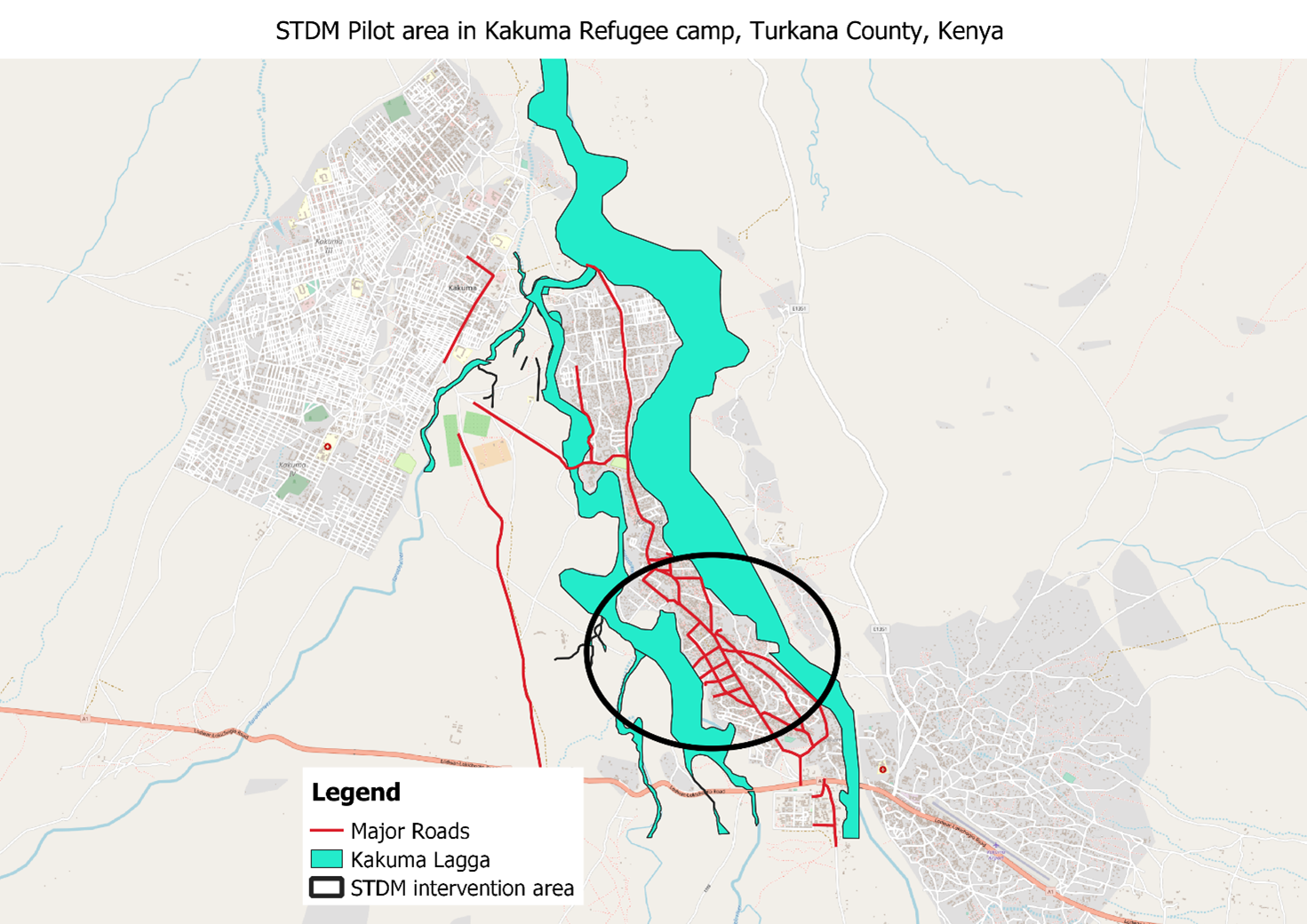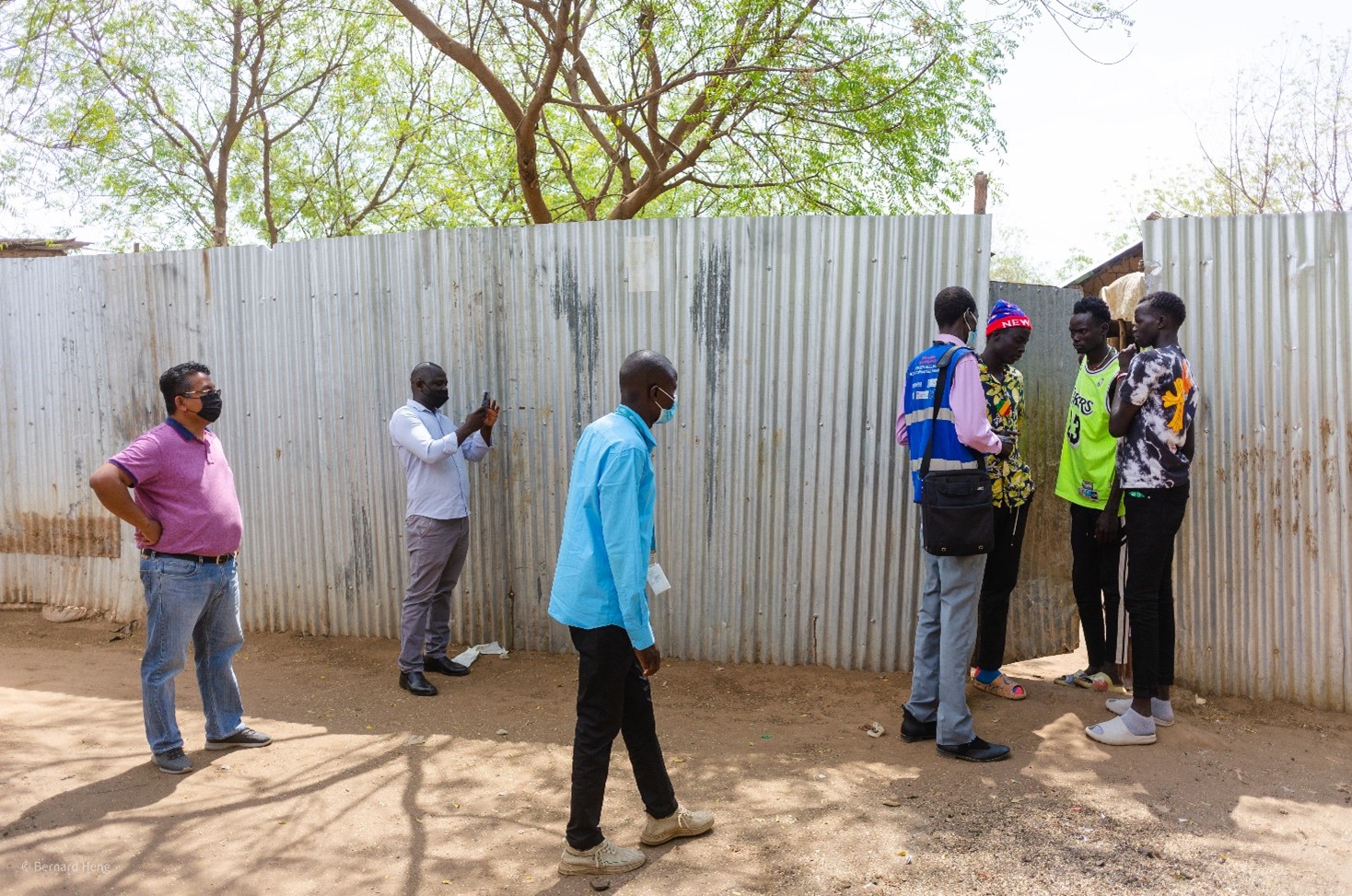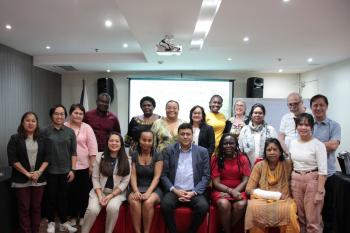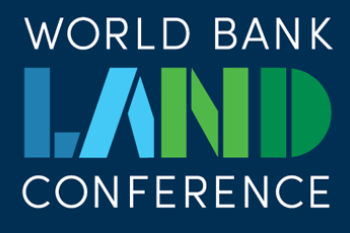
Promoting integrated solutions through capacity building in refugee settlement
 STDM pilot area in Kakuma refugee camp, Turkana County, Kenya
STDM pilot area in Kakuma refugee camp, Turkana County, Kenya
Going forward, STDM will play a significant role in supporting more evidence-based interventions. In a dynamic context such as Kakuma-Kalobeyei, with multiple actors and ever-changing demographics, STDM will provide insight into HLP needs and provide a platform for different partners to develop inter-sectoral interventions. This will be a critical component in supporting UN-Habitat’s efforts to bridge humanitarian aid with long-term development goals. To increase the local capacity in using the STDM, UN-Habitat last month held a three-day workshop with the participation of 12 experts from different agencies, including United Nations High Commissioner for Refugees (UNHCR), National Council of Churches of Kenya (NCCK), Peace Winds Japan (PWJ), Norwegian Refugee Council (NRC), and UN-Habitat colleagues who attended physically and virtually. In Kakuma-Kalobeyei, STDM’s spatial data collection strategies and database system are leveraged to develop an evidence-based guide for regeneration strategies for Kakuma and identify targeted interventions. The tool and the strategy could have wide-range implications for the entire Kakuma-Kalobeyei area. This system will also provide a foundation for rapid response in future crises. Over the course of the training, participants covered different aspects on data capture, spatial data management and analysis, and use of STDM as a common platform to accommodate information from different sectors.
 Site visit to UN-Habitat-GLTN and NRC area of survey in Kakuma Refugee Camp
Site visit to UN-Habitat-GLTN and NRC area of survey in Kakuma Refugee Camp
“STDM presents an exciting opportunity for different stakeholders, from different backgrounds to coordinate data. Moreover, its spatialised nature will be key in aiding stakeholders to streamline resources and develop targeted, effective, and multi-sectoral interventions to support Persons of Concern,” said Bernard Heng, UN-Habitat Kakuma field officer. “More importantly, STDM’s flexibility as a database system will allow stakeholders to retain protection concerns, such as limiting sensitive information when sharing externally – necessary considering the wide range of vulnerable groups residing in Kakuma-Kalobeyei,” he added. In addition, UN-Habitat’s Kakuma field office and GLTN colleagues met with various partners including NRC, UNHCR, and National Land Commission (NLC) to discuss opportunities to collaborate in planning, capacity development, and awareness on land governance approaches. The partners have applauded the use of STDM for coordinating a sustainable model across Kakuma-Kalobeyei as the area sees a continued influx of hosts and refugees and for integrating a wide array of data for diverse needs using a centralized database. Original article


